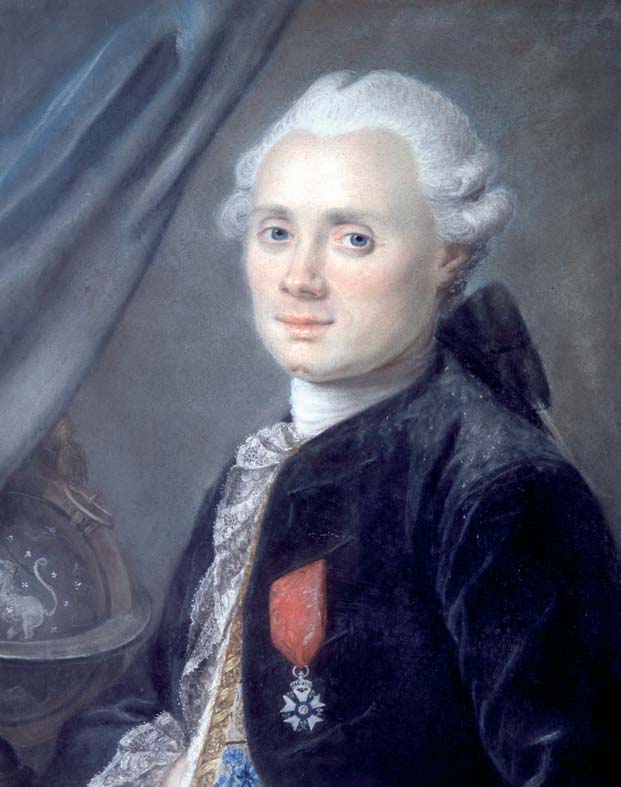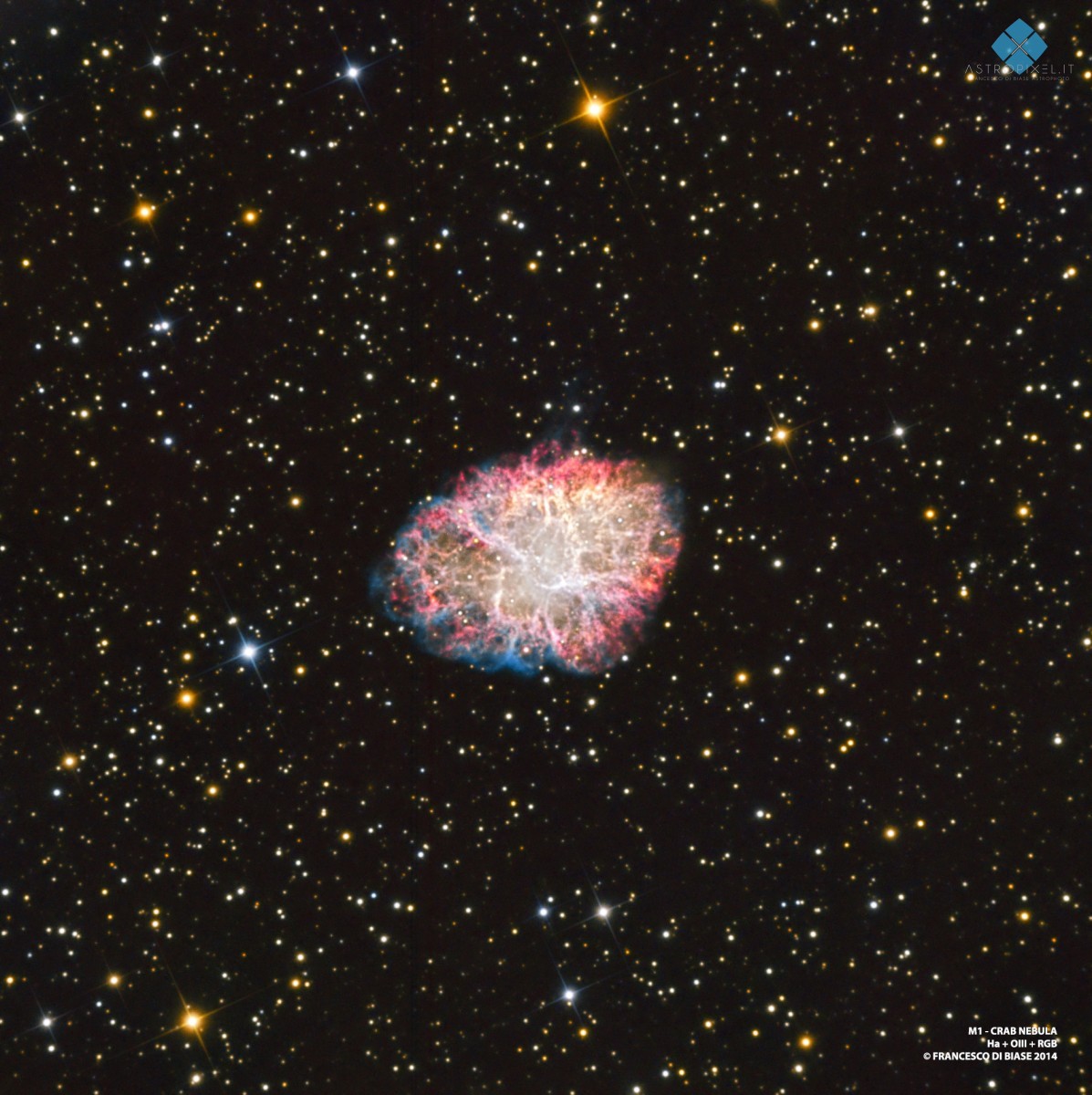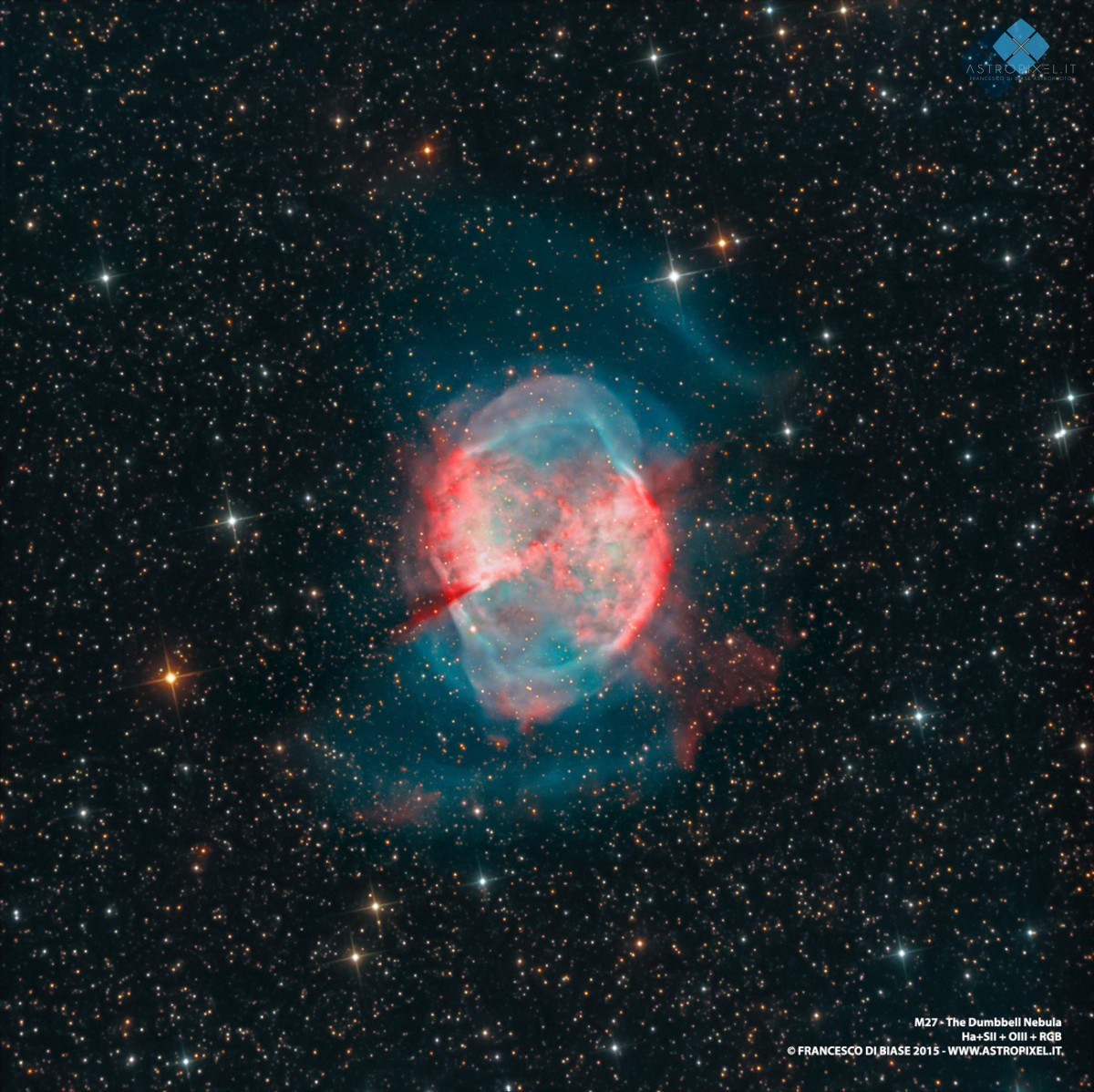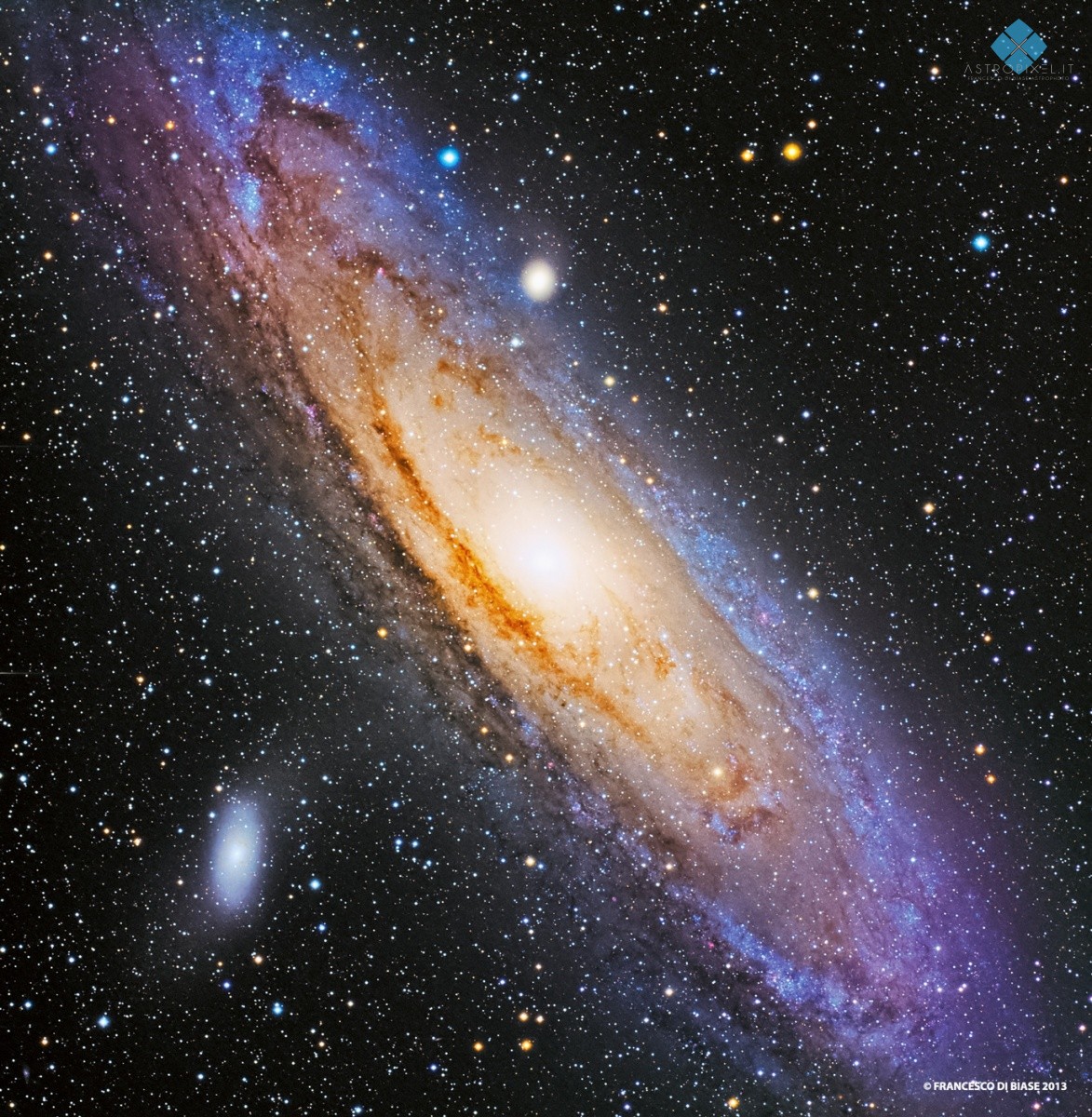Stardust and Eternity – 3.4.7
The Messier Catalogue
In the late 18th century, the French astronomer Charles Messier (1730-1817), while searching for new comets, compiled a “Catalogue of Nebulae and Star Clusters”. It contained a list of 103 out-of-focus astronomical objects that looked like celestial nebulae and could therefore be accidentally mistaken for comets. The “Messier catalogue” – as it is known today – now contains 110 objects. Since its publication in 1774, it has been considered one of the most renowned lists of astronomical objects visible at European latitudes. This applies especially to amateur astronomers, as the
listed celestial objects can be easily detected with affordable commercial telescopes due to their closeness to Earth.
Each object in the Messier catalogue is identified by the prefix “M”, followed by its catalogue number. For instance, “M1” (also known as the Crab Nebula) is the remnant of a historical supernova that exploded in 1054 and was exceptionally spotted by Chinese astronomers in the constellation Taurus; “M2”, instead, is a completely different object, a very large globular star
cluster in the constellation Aquarius; “M27” refers to the Dumbbell Nebula, an emission nebula in the constellation Vulpecula which consists of an expanding shell of plasma ejected by a dying red giant star.
The Messier catalogue mainly includes a wide range of astronomical objects belonging to the Milky Way, nowadays commonly known as “deep-sky objects” – i.e. diffuse and planetary nebulae, supernova remnants, open and globular clusters, and interstellar dust and clouds. Conversely, several of the listed objects – such as the ones assuming characteristic elliptical or spiraling shapes – do not belong to any of the categories mentioned above. For example, we now know that “M31”, originally listed as a “spiral nebula”, is actually the Andromeda Galaxy, the nearest large galaxy to the Milky Way. It is also visible with the naked eye in the constellation of Andromeda.
Even though philosophers like Emanuel Swedenborg (1688-1772) and Immanuel Kant (1724-1804) already theorised the existence of “island universes” distant from the Milky Way, at the time of Messier there was no evidence of this. Indeed, there was no reliable way to establish the actual distance of these celestial objects. Proof of the existence of other galaxies was only provided much later. In 1924, Edwin P. Hubble (1889–1953) used a 2,5 m telescope on Mount Wilson, in the surroundings of Los Angeles, and announced the discovery of variable stars in the “spiral nebula” M31 that were much bigger in size than the Milky Way. Although nowadays professional astronomers prefer to use more comprehensive catalogues – such as the “New General Catalogue of Nebulae and Clusters of Stars”, which contains 7,840 objects – the Messier Catalogue still continues to be very popular among both professional and amateur astronomers. For example, the Crab Nebula is still currently both identified and referred to as “M1” and “NGC 1952” in the new catalogue.





Further Resources
Links below will redirect you to external websites. In accordance with the European data protection declarations, we would like to point out that by clicking on these links you may send data to external providers. We cannot prevent that.
Images
![]() Hubble’s Messier Catalog – NASA
Hubble’s Messier Catalog – NASA
Videos
![]() Explore the Universe with Hubble Messier Catalog – NASA Goddard
Explore the Universe with Hubble Messier Catalog – NASA Goddard
![]() Why do we use the MESSIER CATALOG? – Nebula Photos
Why do we use the MESSIER CATALOG? – Nebula Photos
![]() Messier Catalog/Objects Explained in 2 Minutes – The Heavens Declare
Messier Catalog/Objects Explained in 2 Minutes – The Heavens Declare
![]() Messier vs NGC catalogue – Alien Tech
Messier vs NGC catalogue – Alien Tech
![]() The Messier Marathon – March 2021 – irishastronomy
The Messier Marathon – March 2021 – irishastronomy
 Tutti gli oggetti di Messier (versione HD) – Giuseppe Nicosia
Tutti gli oggetti di Messier (versione HD) – Giuseppe Nicosia
 Il catalogo Messier – Planetario di Lecco
Il catalogo Messier – Planetario di Lecco
 Oggetti del cielo profondo attraverso un telescopio. Aspettativa e realtà – Very Interesting Channel
Oggetti del cielo profondo attraverso un telescopio. Aspettativa e realtà – Very Interesting Channel
Online Resources
![]() Messier Catalogue: the complete list – BBC Sky at Night Magazine
Messier Catalogue: the complete list – BBC Sky at Night Magazine
 Maratona Messier: Come Vedere 110 Oggetti del Cielo Profondo in Una Notte? (Star Walk)
Maratona Messier: Come Vedere 110 Oggetti del Cielo Profondo in Una Notte? (Star Walk)
Further Readings
 Catalogue des nébuleuses et des amas d’étoiles – Charles Messier
Catalogue des nébuleuses et des amas d’étoiles – Charles Messier
Teaching Material
For Kids
